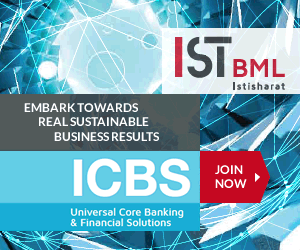Payments made easy in Latin America: Interview with Jairo Riveros, Managing Director for the Americas and Global Head of Strategy at Paysend Global
By Edlyn Cardoza

Almost everyone has a PayPal account or a credit card in the US. Developers who have partnered with Stripe can process in seconds. Startups have bridged the gap in every niche of the payments industry, offering solutions for any vendor.
Completing an online transaction in Latin America is not that simple. Paying bills, signing up for Netflix, etc., is not straightforward for a Latin American consumer. Even most who own a credit card or debit card aren’t allowed international payments or charge excessive fees.
In the digital age, Latin America has also become increasingly connected to the world via mobile devices and the internet. Hence, there is a growing demand for simplified payment methods. Today, startups are meeting this demand across the region. Paysend is another company making transferring and receiving money in LatAm easy.
Paysend is the next-generation payment platform enabling customers and businesses worldwide to pay, hold and send money online anywhere, anyhow and in any currency. Paysend is currently supporting connections between 12 billion cards globally across Mastercard, VISA, China UnionPay, and local card schemes in multiple countries across the globe.
IBS Intelligence sat down with Jairo Riveros, Managing Director for the Americas and Global Head of Strategy at Paysend Global, to discuss the payments industry in Latin America.
What are the advantages for a business opting for Paysend?
Paysend is a pioneer in global transfers by having developed the ability for the three global card networks to connect. Mastercard, VISA and China UnionPay. This allows over 12 billion cards to connect to make sure that they can do peer to peer, person to person payments or person to business or government to person, or business to business. So, 12 billion cars worldwide, thanks to Paysend, can connect to each other. That is one of the advantages. By doing this, our model primarily focuses on a card to card transaction that brings three different benefits.
One, it is instant. Most transactions would only take about 30 seconds, even cross border. If I send funds to Asia, Latin America, and Europe, it will be about 30 seconds for the funds to arrive. The second is that it is a premium proposition. What we mean by that is, Paysend has a fee, a fixed amount that is £1, €1.5, $2, basically, the unit of one in pounds, because it’s where our headquarters is located. This allows connectivity to happen instant and has a very low cost compared to the rest of the marketplace. Now because of the solution, our interface is straightforward. You have to put a few details and link your card, and the transaction will go right away. No whistle, some blows, just very simple, very efficient.
Paysend offers multiple providers like Visa, Mastercard, and China UnionPay. Will consumers be able to switch providers smoothly?
No. What we do is we enable any of them to be able to be funding methods, to send your global transfer or remittance. Now those are not the only ones. We started with those five years ago; we keep adding, for instance, ACH. You can use your bank account to fund the transaction as well. So, all it does is you can choose any of them and choose the destination, which also has expanded. Let’s say that you are going to send money to me. You can ask me what, how do you want to receive it? Or you might know because you are my relative. I can receive it on my VISA or Mastercard or China UnionPay card. That’s the ability. You can use any, and I can receive it in any. But I can also use my ACH, my bank account, to receive the funds, or I can use wallets, which are heavily in expansion worldwide. Not only the wallets we know in the Americas, Google and Apple wallets. But AliPay, WeChat, all those are extremely large wallets worldwide. And in Latin America, for instance, MOVii, which is our first one of many that are going to come. The idea is that the Paysend application or interface, whether it’s an app on your phone or the browser on your computer, would allow you to choose many options where you can send the funds from your account but also to the user that you want to send the funds to.
How does Paysend secure its customers from fraud?
We have a KYC process in place according to the regulations in every market we operate. If you make an example, the UK or the US, initial transactions will be able to flow up to certain limits, or the limits change without any information, usually a hundred dollars taken, you will have to upgrade. If you want to send larger amounts, they will ask you for your ID and ask you for maybe a picture. If you send much larger amounts, they will ask you for a reason and provide some documentation.
Now the transaction comes to our card to card. So, the results of that additional security that your card, whether it’s a VISA, Mastercard, whichever payment your bank account has, and the results of the security of those receiving the funds. Because there’s no cash involved, and the transfers are electronic. So, there is always the ability to cancel it if you made a mistake and request a refund, if that’s not the intention, and to be able to trace where the funds are.
Paysend provides for SMEs and businesses, and cross-border commerce is an excellent revenue for businesses. What new challenges must businesses meet in the digital era when selling abroad?
We know that in recent years, not just because of the pandemic but in general, businesses are beginning to have more global transactions—especially small and medium enterprises. In the past, only the large ones used to do it. Nowadays, thanks to stores like Shopify, you can set up your business, buy suppliers’ input, add value, whether it’s some process or some transformation, and sell your product almost anywhere. What ended up happening is that you now have, as in a small business, they need to collect your receivables as you sell your services or goods, but you also have to pay your suppliers. And those might not be in your same country. Solutions like Paysend allow you precisely to do that, to be able to use alternatives to the banking system.
The banking system has three components. It is slow, and it takes time to do a wire transfer. It is expensive, and that adds components to when a small business. And the third one is all the documentation required. Now, with some minimal information, you can connect the businesses to Paysend.
There is another aspect of the businesses. Let’s say that you are a freelancer working for a company, and you can be anywhere in the world nowadays. How do you get paid? Again, if you use any of the traditional methods, you may have to pay a higher fee. Through Paysend, you can pay anywhere for your freelancers working for you worldwide with just one click.
Global payroll companies are in huge demand nowadays. Because everybody moved to different locations in the world, now they’re being phased to how can I participate in this? We have signed deals with the largest ones in the world to provide them with this solution to pay their employers. Now imagine that you have an employee from India who works in Dubai. Now the family lives in India. Solutions like Paysend allow you to split the payment in a card in Dubai to spend your daily needs, but the rest of the money arrives in a bank account or a card in India. So the family can continue paying. Otherwise, traditionally, the employee receives the funds in Dubai in the bank, walks to Western Union, and deposits the funds to be sent to India, paying double fees. Our solution eliminates that.
What regions or sectors are most underserved in digital cross-border payments, and how is Paysend addressing the needs in these markets?
We started in Europe. We were founded five years ago in London, and we began serving first the inbound market to Europe and Eastern Europe. It was a developing market, and now we can say it’s fully developed. There is card penetration enablement, and digital payments will develop. When I say inbound, the funds were coming from anywhere in the world, primarily from Asia and North America.
When we started looking at the next development, we can see where those corridors of transfers are more in need. So, the north-south United States and Canada to South America is one of them, Latin America, and the north-south of Europe to Africa is the second one. And then there is an intra-Asian one that happens from India to Singapore, from Australia to Vietnam. So, a lot is happening in that area.
Now with Paysend, we have taken different alternatives to approach every one of those markets. The first one is to work together with our partners, VISA, Mastercard or China UnionPay, to provide the enablement. That means that the cards will be accepted to receive funds. Also, that means working with the bank institution that has those cards.
But here comes an interesting aspect of it. Specifically, in my case, I’m responsible for developing Latin America. Latin America has a challenge, just like Africa, that card penetration is low. So, what do you do in those cases? The remittance continued to be cash driven. So, in this case, we’re working with the networks to allow the recipient, the individual, to receive a digital card on their phone. Phone penetration is very high in the country. Card penetration is low, and phone penetration is high. So, when you send the funds, they will arrive on a digital card on your smartphone, and you can use that digital card to transact and receive cash in specific locations. So, we’re trying to balance one with the other to be able to come. I call this together within networks financial inclusion. We’re trying to bring the unbanked individuals to some level of bankerisation and financial inclusion.
And together with that, there is a second element, which is critical for us, which is financial education. Because what happens is that now you can trace the funds and provide them with better advice, what you can do if you receive cash, basically it’s impossible. With a card, you can allow for a few things to happen. So, we’re working very closely with the financial institutions and governments in these underdeveloped developing countries to link the two financial education and financial inclusion as part of our solution.
Recently, Paysend opened its Americas headquarters in Miami. What does this expansion bring for Paysend, and how will it help in your plan to expand your global footprint in Latin America?
Well, Miami, which is Miami because it’s definitely a hub location for several reasons. First, it has attracted significant investment in technology, FinTechs, and venture capital funds. It is described as the new Silicon Valley of the U S., but with one caveat, most of the companies based here are serving the market overseas, meaning to a large extent, Latin America and maybe others.
So, we came to Miami because it allowed us to work very closely with our partners. Visa LatAm is based in Miami, Mastercard LatAm is based in Miami and FIS, Worldpay LatAm is based in Miami. Even many banks that we work with always have a Miami location. So, it creates a hub where we can work with them. The other element is the proximity to the market. So, we can understand our customers’ needs to build stronger partnerships and attract talent that speaks multiple languages and is culturally prepared to work with all these different markets. So the English Caribbean, the Spanish, Latin, which could be Central America or South America, Portuguese, Brazil, all of these are markets that are quite important for the cross border payments and Paysend as such. We established the office; we have about five people already. We expect to increase the team as we go. We are well connecting ourselves to the local ecosystem to leverage what the city has to offer for companies like us.
ALSO READ: Global Payments Vendors and Landscape Report Q4 2021
IBSi Daily News Analysis

January 16, 2024
Africa
Egypt among top remittance recipient countries in 2023: World Bank
Read MoreIBSi FinTech Journal
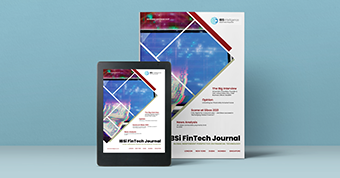
- Most trusted FinTech journal since 1991
- Digital monthly issue
- 60+ pages of research, analysis, interviews, opinions, and rankings
- Global coverage
Other Related News
Related Reports
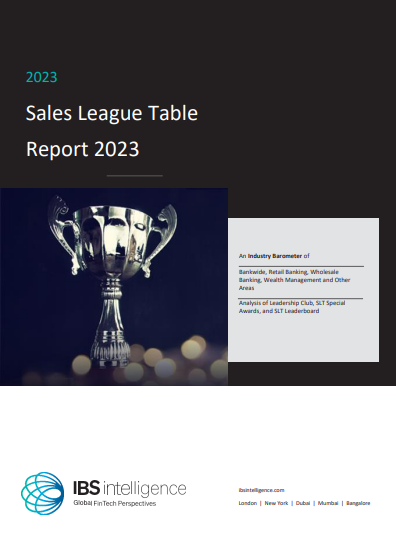
Sales League Table Report 2023
Know More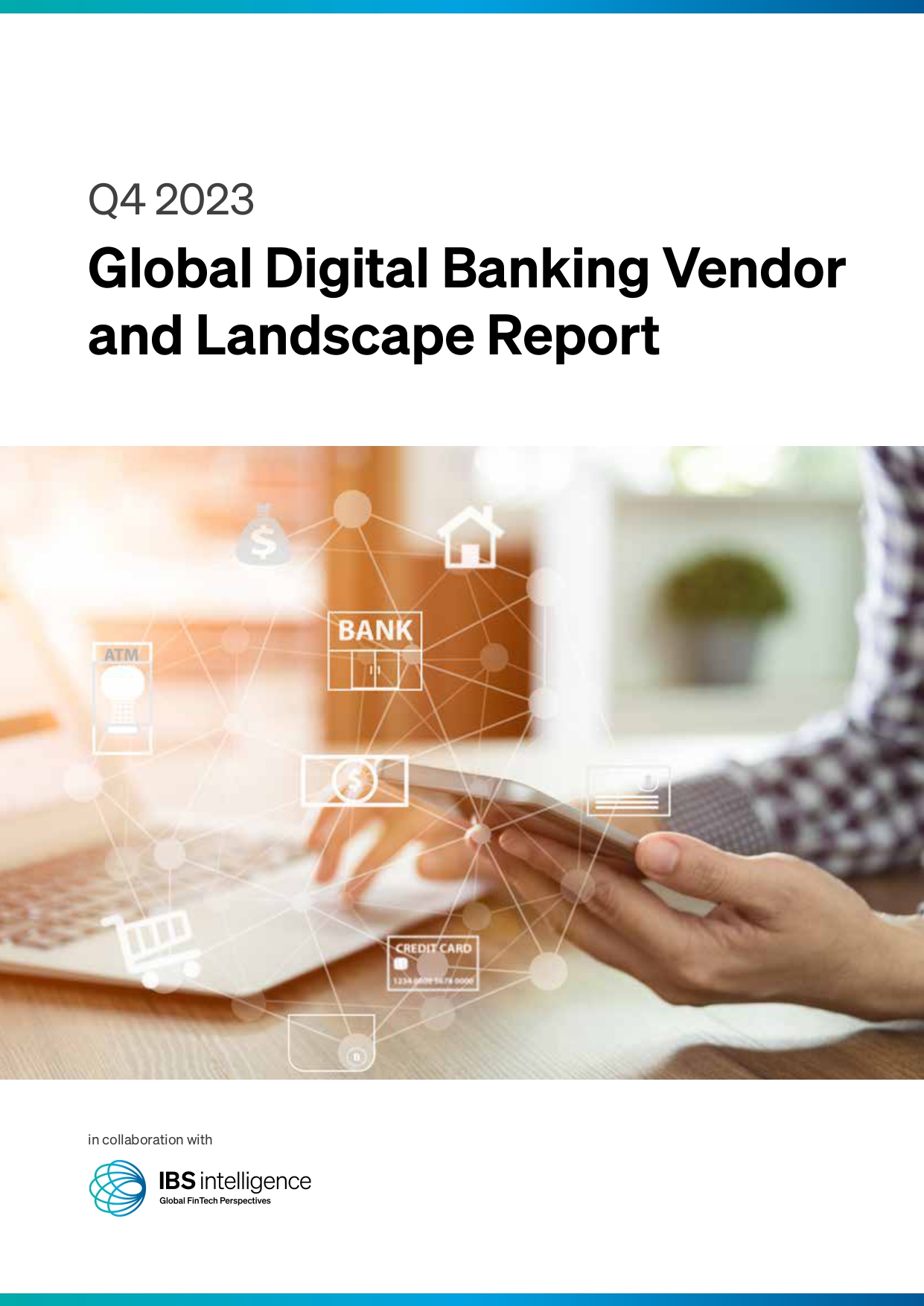
Global Digital Banking Vendor & Landscape Report Q4 2023
Know More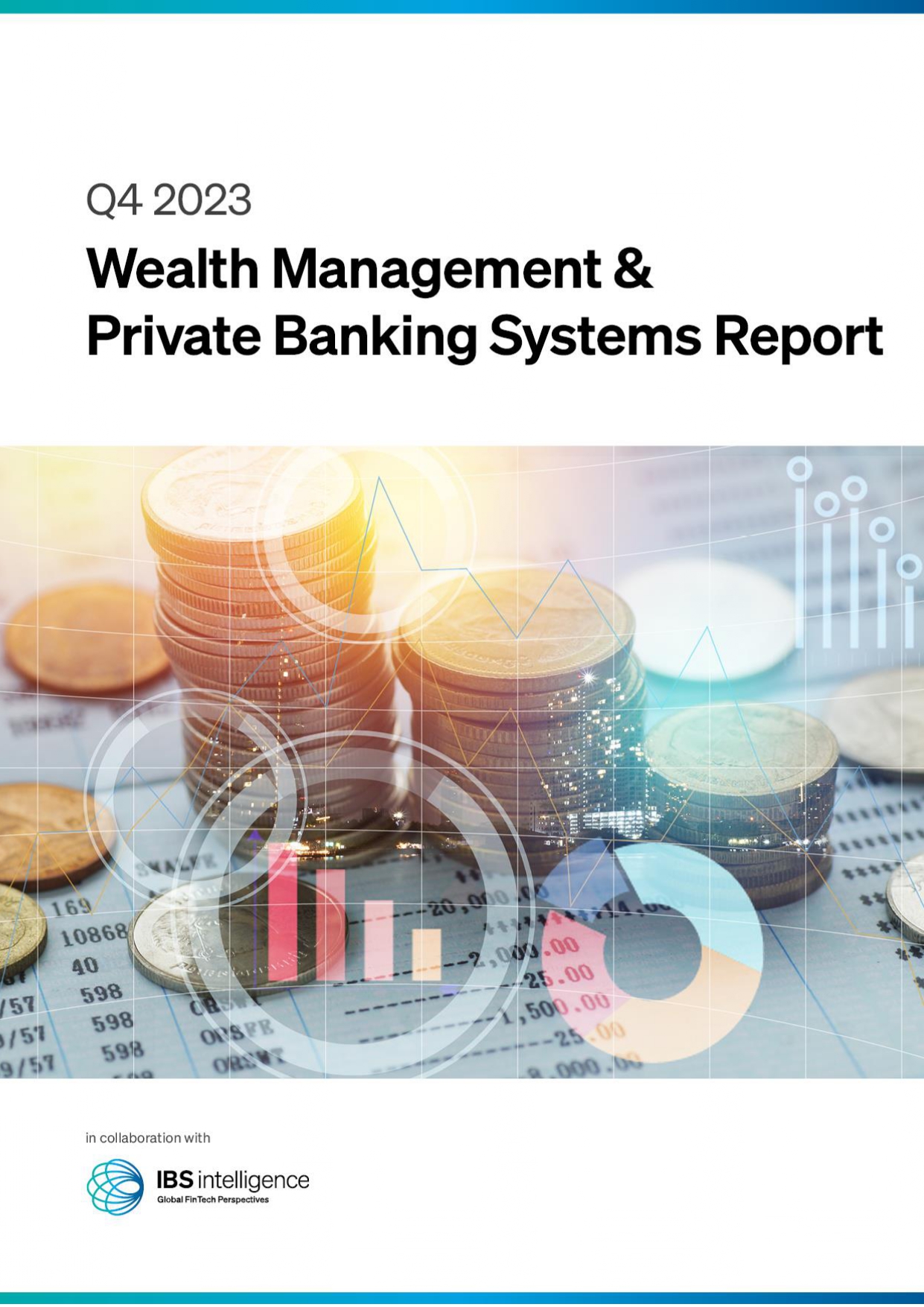
Wealth Management & Private Banking Systems Report Q4 2023
Know More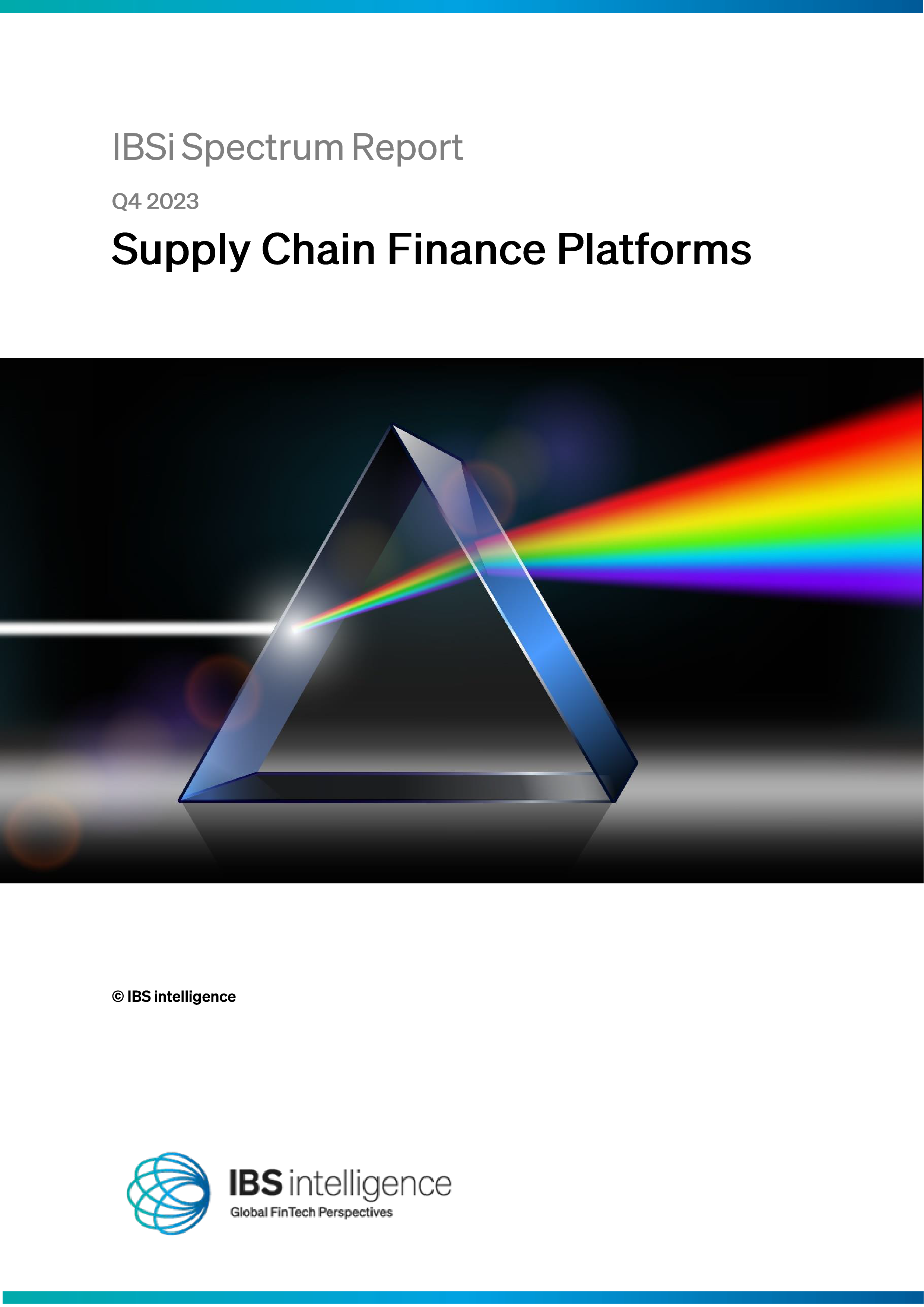
IBSi Spectrum Report: Supply Chain Finance Platforms Q4 2023
Know More


